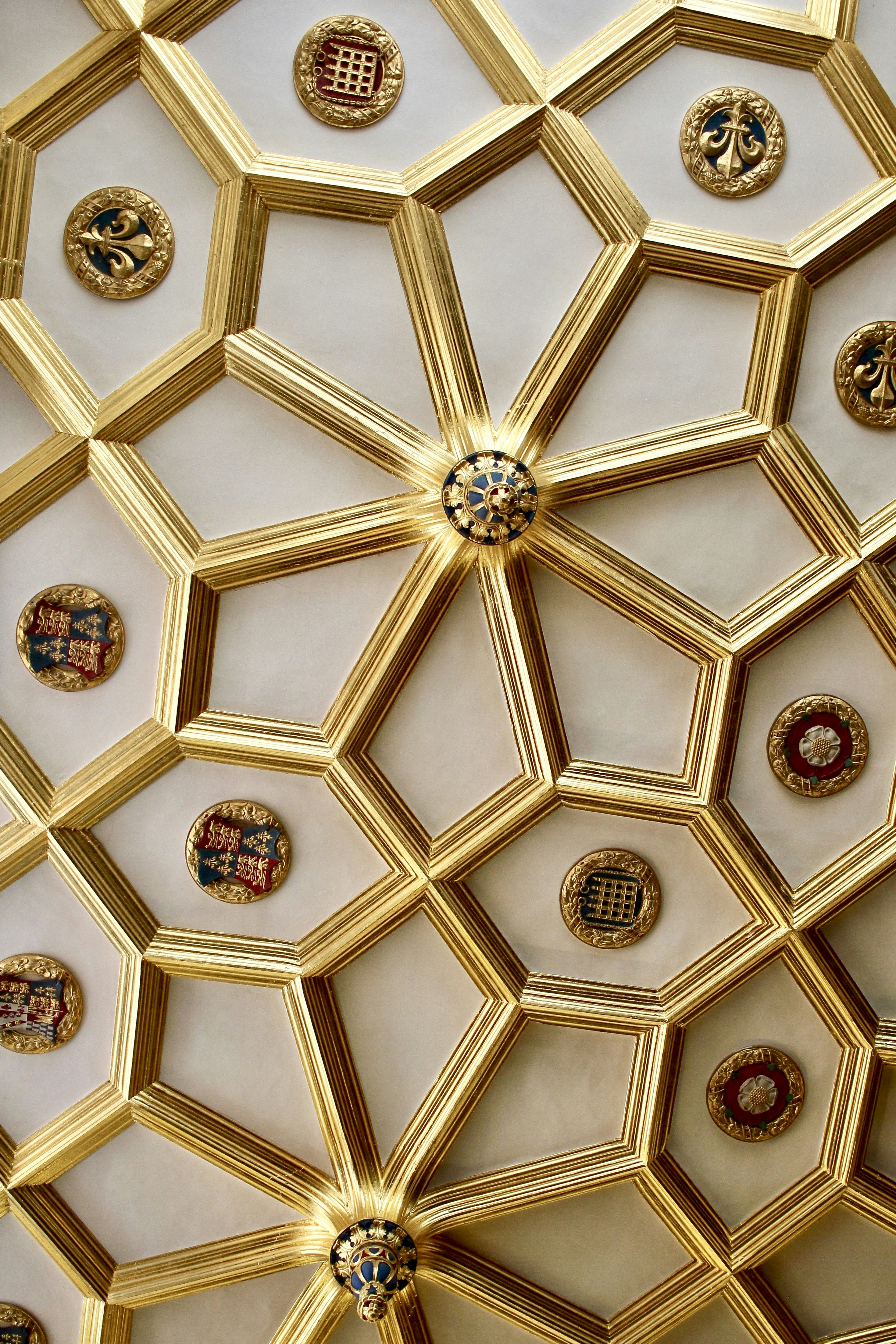Less = More With Gold News
본문

 Although there was neither a national German authorities nor a German flag, German ships have been required by international regulation to have a nationwide ensign of some form. The students' hopes of a nationwide awakening dashed with the implementation of the German Confederation, not a nation state but a free federation of the German monarchs, who by the 1819 reactionary Carlsbad Decrees banned any fraternity actions. This move was not nearly economics; it was a bid to restore faith within the German foreign money and try and stabilise the nation in consequence. 91), and Albert Norden, Um die Nation (1953, p. Ferdinand Freiligrath in his poem Schwarz-Rot-Gold, published 1851 and dated 17 March 1848, has the strains Das ist das alte Reichspanier, Das sind die alten Farben! Pulver ist schwarz, Blut ist rot, Golden flackert die Flamme! From 1867, the black, white, and crimson colours turned the flag of the newly established federated state; the tricolour derived from the mix of the Prussian black and white with the white and pink flag of the North German Hanseatic League. From the 1871 German unification till 1918, black, white, and red have been extensively accepted because the national colours of the German Empire, though they weren't officially adopted because the imperial flag by legislation before 1892. Numerous German associations embraced the patriotic tricolour, and sports organisations that had been founded previous to World War I usually choose white with additional black and/or pink as their colours.
Although there was neither a national German authorities nor a German flag, German ships have been required by international regulation to have a nationwide ensign of some form. The students' hopes of a nationwide awakening dashed with the implementation of the German Confederation, not a nation state but a free federation of the German monarchs, who by the 1819 reactionary Carlsbad Decrees banned any fraternity actions. This move was not nearly economics; it was a bid to restore faith within the German foreign money and try and stabilise the nation in consequence. 91), and Albert Norden, Um die Nation (1953, p. Ferdinand Freiligrath in his poem Schwarz-Rot-Gold, published 1851 and dated 17 March 1848, has the strains Das ist das alte Reichspanier, Das sind die alten Farben! Pulver ist schwarz, Blut ist rot, Golden flackert die Flamme! From 1867, the black, white, and crimson colours turned the flag of the newly established federated state; the tricolour derived from the mix of the Prussian black and white with the white and pink flag of the North German Hanseatic League. From the 1871 German unification till 1918, black, white, and red have been extensively accepted because the national colours of the German Empire, though they weren't officially adopted because the imperial flag by legislation before 1892. Numerous German associations embraced the patriotic tricolour, and sports organisations that had been founded previous to World War I usually choose white with additional black and/or pink as their colours.
Along with the black and white of Prussia, the white and red colours of the former Hanseatic League were added. The ruling House of Hohenzollern also had a black and سعر الذهب اليوم في كندا white family coat of arms. When the Teutonic state was secularized in 1525 because the Duchy of Prussia, the black eagle on a white shield turned the Prussian coat of arms. Another colour scheme was desired, because the black and gold colours have been related to Habsburg Austria. Emperor Ferdinand I of Austria had the Black, Red, and Gold flag hoisted on St. Stephen's Cathedral, Vienna and showed himself with the flag on a window of Hofburg Palace. Mocked by Heinrich Heine as "previous Germanic rubbish", it however remained the official flag of the German Confederation, "revitalized" in 1866 because the banner of Austria and her allies within the War with Prussia and the North German states. The Habsburg monarchy used the colours black and gold as its dynastic flag from about 1700; when emperor Francis II abdicated from the throne in 1806, he adopted the colours because the flag of his Austrian Empire. The red and black colours with a golden oak leaf cluster had been adopted as couleur by the primary German national Urburschenschaft scholar fraternity established on 12 June 1815 in Jena, and publicly displayed on the 1817 Wartburg Festival.
However, as official flag of the German Confederation, the tricolour was primarily used in the small Imperial fleet (Reichsflotte), which was dissolved by 1852. The Frankfurt Constitution, adopted in 1849 and by no means carried into impact, omitted any provision of national symbols. Though even liberal deputies within the Weimar National Assembly spoke in opposition to a change of colours, Article three of the German Constitution of eleven August 1919 determined black, pink, and usd gold price each for the tricolour nationwide flag and the eagle coat of arms of the Weimar Republic. On November 12, the parliament passed a resolution whereafter black-crimson-gold became the German struggle and service provider flag. When on 18 May 1848 the Frankfurt Parliament first convened, town streets were decorated in the "German colours" like the assembly room in St. Paul's Church. In Berlin, King Frederick William IV of Prussia had to bow to the fallen insurgents of the liberation motion and to put on a Black, Red and Gold armband whereas riding via town. The colours black, crimson, and gold had been supposedly used on the election of Frederick Barbarossa as King of the Romans on 4 March 1152 in Frankfurt.
In the event you loved this informative article and you would like to receive details regarding سعر الذهب اليوم في كندا i implore you to visit our page.

댓글목록 0
댓글 포인트 안내